Why the human touch still matters in AI-powered customer experience

The rapid ascent of Artificial Intelligence (AI) in the realm of customer service has been nothing short of transformative. AI promises unparalleled efficiency and speed, offering businesses the alluring prospect of 24/7, seamless support.
Yet, amidst this technological marvel, a critical question lingers: does the human touch still hold sway?
In the 541st episode of the Outsource Accelerator Podcast, Chris Mackintosh from Logix BPO presents his realistic views on the implementation of AI in CX.
This article argues that despite AI’s capabilities, genuine human interaction remains key for exceptional AI-powered customer experience.
We’ll unpack why the subtle empathy, the ability to untangle tricky problems, and that innate human connection are, in fact, absolutely critical. These are the very things only a human can truly offer, and they remain vital in our tech-driven landscape.
Customer experience in the age of AI
AI has transformed the way brands interact with their customers.
Virtual assistants handle routine questions. Algorithms personalize offers. Sentiment analysis gauges emotions in real time.
Currently, the hot topic is agentic AI, which is projected to handle 68% of customer interactions by 2028.
These developments have drastically improved the efficiency and responsiveness of customer service.
However, customer experience isn’t just about fast responses or 24/7 availability—it’s about building trust, loyalty, and relationships.
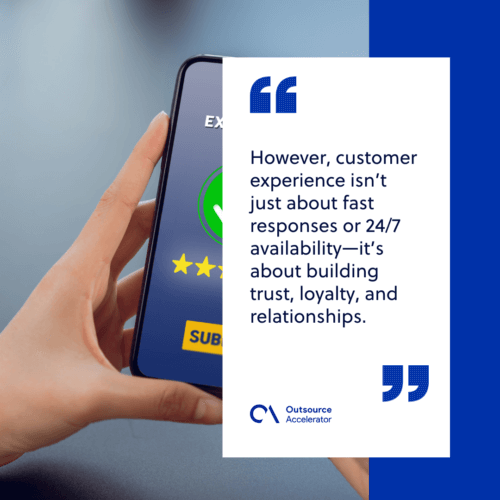
Chris indicates that he isn’t among the first to jump fully aboard the AI train.
“We have solutions for our clients, and if it isn’t broke, let’s not try to fix it,” he says about adopting AI too quickly.
As businesses increasingly lean on AI-powered customer experience solutions, they must be careful. The very element that makes those experiences meaningful—human connection—must not be lost.
5 strengths of AI-powered customer experience
AI brings formidable strengths to the table in reshaping customer service, but it’s essential to recognize its boundaries.
1. Speed and availability
AI allows businesses to provide instant responses at any time of day. METR research found that tasks requiring less than four minutes for humans were completed by AI models with almost 100% accuracy.
This always-on support model means customers don’t have to wait for business hours to get assistance.
It’s particularly useful for handling high volumes of inquiries or providing information on common issues.
Where it falls short: Speed is not always enough. When customers face complex, emotionally charged, or urgent issues, they often prefer talking to a person who can reassure them, understand their frustration, and adapt accordingly.
2.Consistency and accuracy
AI systems follow pre-defined rules and scripts, which means they can deliver consistent responses every time. They don’t get tired, distracted, or emotional, which reduces the risk of human error.
Chris notes that this is the perfect spot for many current AI tools.
“I think that’s where BPO companies really need to invest because they’re losing money out the door in terms of financial errors on silly little things like this.”
Where it falls short: While consistency is valuable, it can also come across as rigid or robotic. Customers might sense when they’re talking to a machine—and that can be alienating. Subtle variations in tone, humor, or empathy are still beyond AI’s full grasp.
3. Data-driven insights
AI can analyze large volumes of customer data in real time. It can predict behavior, recommend products, and personalize journeys across channels.
These insights help businesses fine-tune their customer experience strategies.
Where it falls short: AI can surface patterns but doesn’t understand context in the same way humans do. A recommendation engine might suggest a product based on browsing history but fail to recognize a customer’s specific needs, mood, or urgency.
4. Cost efficiency
Automating customer service tasks with AI reduces the need for large support teams and can lower operational costs significantly.
It’s an attractive proposition for businesses looking to scale without ballooning their overhead.
Where it falls short: Cutting costs should not come at the expense of customer satisfaction. A fully automated support system can frustrate users when they hit a wall and can’t escalate to a real person.
5. Multichannel support
AI tools can seamlessly operate across voice, chat, email, and social media channels. This omnichannel presence ensures that customers receive consistent service no matter how they choose to reach out.
Where it falls short: Omnichannel doesn’t always mean omnipresent. AI still struggles to maintain continuity across platforms, especially when emotions are involved. A human can more easily piece together context across conversations.
The irreplaceable value of human touch in CX
Customers aren’t just looking for answers—they’re looking for connection. A trained human agent can listen actively, detect tone, express empathy, and make judgment calls that a machine cannot.
Consider a customer calling about a delayed delivery for a birthday gift. While a chatbot might apologize and offer a tracking update, a human agent might express sympathy, offer a creative solution, or share a personal story to defuse tension.
These moments build emotional loyalty that AI simply cannot replicate.
Moreover, when something goes wrong—and it inevitably will—people want to feel heard. They want assurance that someone cares, and that there’s accountability.
In an AI-powered customer experience, humans are still the ones who repair broken trust, solve nuanced problems, and turn angry customers into loyal advocates.
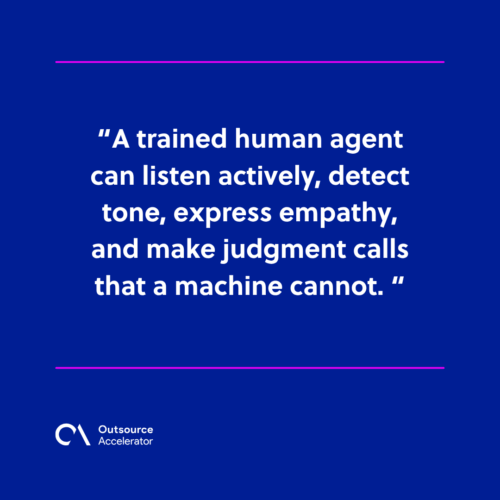
Building a strategy for AI-powered customer experience
To create a truly effective AI-powered customer experience, businesses must strike the right balance between automation and humanity. Here are five strategies to make that happen:
Define clear escalation points
Set boundaries for what AI should handle and when a human should take over. For instance, simple FAQs or order tracking can be handled by a chatbot, but billing disputes or complaints should trigger escalation to a live agent.
This is a large part of Chris’s strategy.
“What I’ve been doing is I’ve been growing and developing our people into a more help desk environment so that it can soon become aligned to this AI and chatbot technology.”
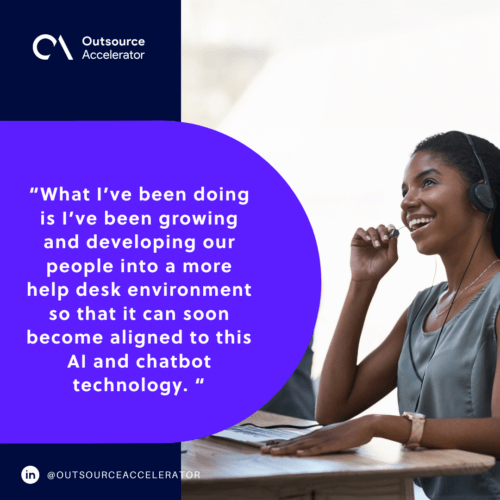
Invest in hybrid teams
Train human agents to work alongside AI tools instead of being replaced by them. For example, AI can provide agents with suggested responses or customer insights in real time, allowing them to focus on tone and personalization.
Humanize the AI experience
Design AI interactions with warmth and personality.
Use friendly, conversational language. Add human-like responses that make the AI feel approachable, while being transparent that it’s a machine—not a person.
Use AI to empower, not replace
Leverage AI to free up human agents from repetitive tasks so they can focus on more meaningful interactions. This improves job satisfaction and ensures that complex customer needs are handled with care.
Continuously monitor and refine
Regularly review AI and human interactions to identify gaps, missteps, and opportunities for improvement. Use customer feedback and performance metrics to refine both your AI systems and your training programs.
For his part, Chris believes that people will still ultimately decide to go human-first.
“I think people get more success from speaking to somebody and having their questions answered uniquely, not kind of randomly as per the current level of AI.”
In an era defined by automation, the most successful businesses will be the ones that combine the efficiency of AI with the empathy of human beings. The human voice is not a relic of the past—it’s a critical ingredient in the future of AI-powered customer experience.
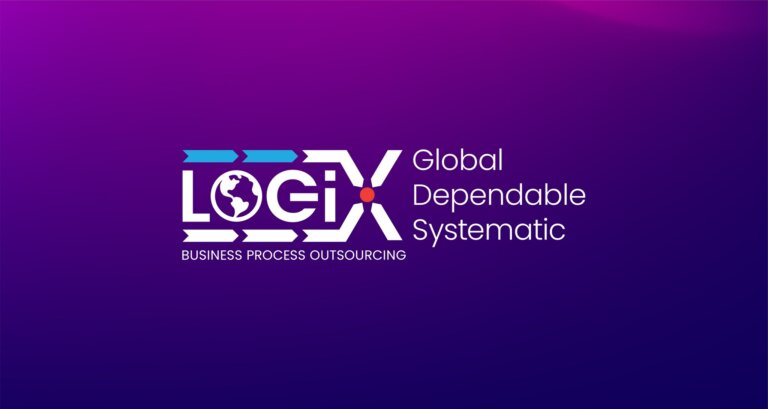
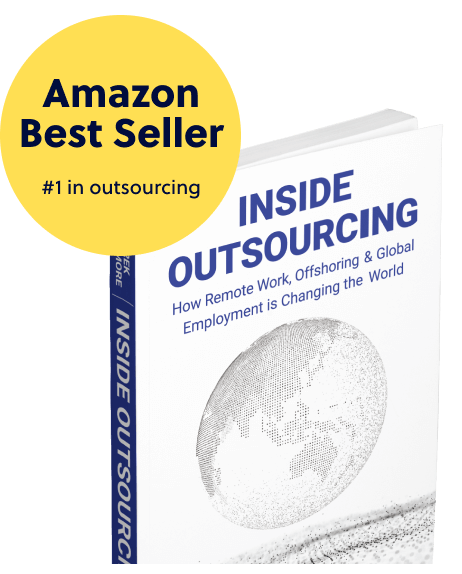



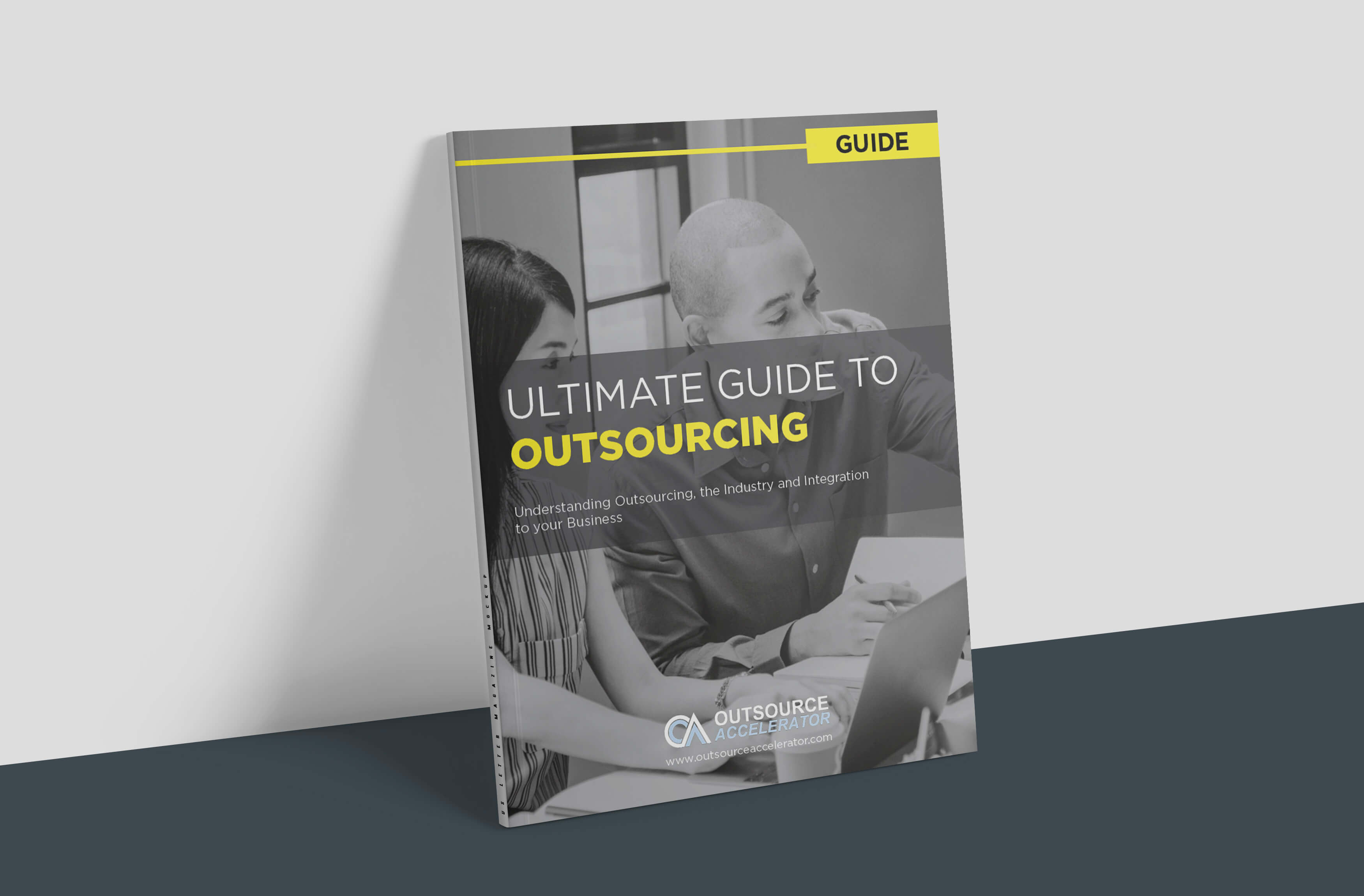

 Independent
Independent




